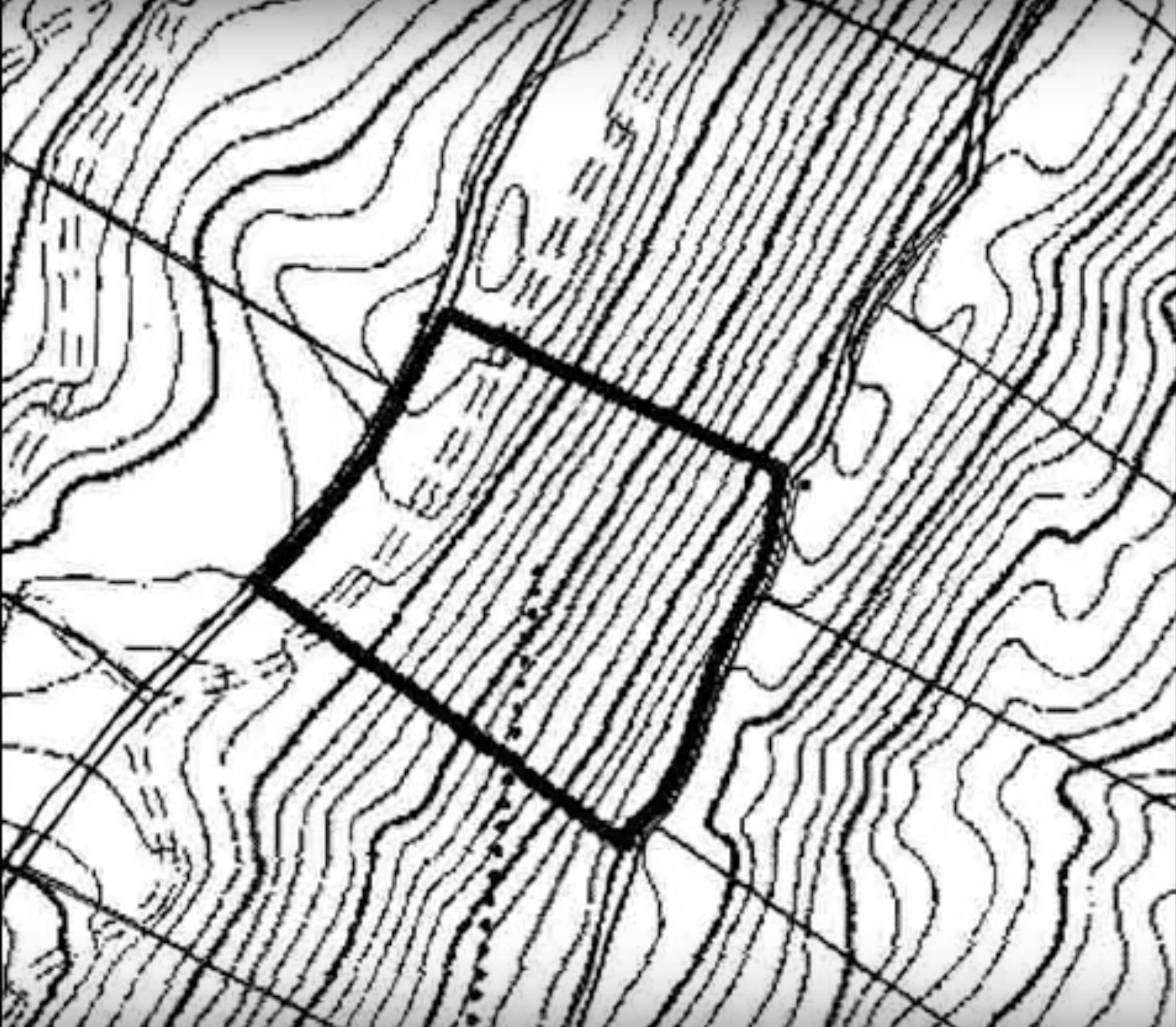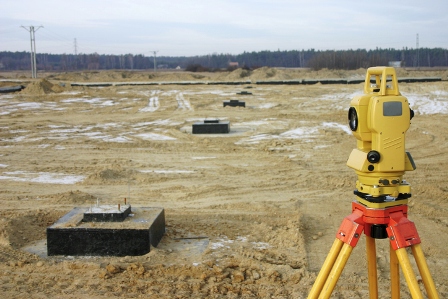The Importance of Setting Out Engineering in Construction Projects
The Importance of Setting Out Engineering in Construction Projects
Blog Article
Vital Tools and Methods in Setting Out Engineering
The self-control of laying out design relies heavily on a suite of important tools and methods that underpin the precision and efficiency of job execution. Instruments such as land surveyor's degrees, overall stations, and progressed GPS modern technology are important for establishing accurate reference factors. The integration of conventional methods with modern methods, including geospatial evaluation and 3D modeling, uses significant benefits in imagining site problems. Comprehending just how these aspects communicate is crucial for minimizing errors and improving project end results, yet the nuances of their application often continue to be overlooked. What ramifications does this hold for future engineering methods?
The Value of Accurate Dimensions

The relevance of accurate measurements expands beyond simple conformity; they are integral to the total efficiency of design procedures. Inaccuracies can cause material waste, job hold-ups, and increased labor costs, inevitably affecting the job's profits. Specific measurements enhance the high quality of the last product, making certain that it executes as meant and meets the expectations of stakeholders.
Additionally, the significance of accurate dimensions is apparent in numerous engineering disciplines, consisting of civil, mechanical, and electric engineering. Therefore, fostering a society that focuses on precision is crucial for the future of engineering.
Essential Devices for Setting Out
Setting out, an important phase in the design and building process, depends heavily on details devices that guarantee exact location and positioning of structures. Among these tools, the land surveyor's level attracts attention, supplying exact straight measurements necessary for establishing reference points. This tool enables engineers to establish altitude adjustments and maintain uniformity throughout the task website.
The overall station is one more essential device, incorporating electronic range measurement with angular measurement capacities. This technology improves efficiency and accuracy in catching spatial information, permitting for reliable site format and preparation.
Additionally, making use of gauging tapes and marking tools, such as chalk lines or stakes, is essential for momentarily marking limits and crucial points on the site. These fundamental devices, though easy, are vital for making certain clear communication amongst the building team concerning job requirements.
Last but not least, general practitioner modern technology has actually obtained grip in laying out procedures, giving real-time placing information and considerably enhancing accuracy over conventional techniques. Jointly, these crucial tools create the backbone of efficient laying out methods, inevitably adding to the successful execution of design and building and construction jobs.
Advanced Evaluating Strategies
Advanced checking methods play a critical function in boosting the precision and efficiency of engineering tasks. These techniques include a variety of methods that supply accurate data for design and construction. Traditional approaches, such as progressing and triangulation, have actually progressed into extra advanced techniques, including Total Terminal surveys and International Navigating Satellite Solution (GNSS)
Total Terminal devices incorporate digital theodolites with range measurement capacities, enabling land surveyors to gather precise area data with fantastic rate. This innovation substantially decreases mistakes connected with hands-on measurements and gives real-time data handling. Moreover, GNSS uses exceptional precision for massive tasks by using satellite signals to identify specific positioning, which is essential for straightening frameworks and making sure compliance with style specifications.
Along with these devices, progressed methods likewise include geospatial evaluation and 3D modeling. These approaches allow designers to envision surface and website problems extra effectively, assisting in much better decision-making during the planning phase. By utilizing these innovative evaluating techniques, engineering jobs can accomplish higher accuracy in format, decrease rework, and inevitably boost total job success.
Digital Modern Technology in Design
The assimilation of electronic modern technology has reinvented engineering practices, boosting both performance and accuracy across various disciplines. Tools such as Structure Info Modeling (BIM) facilitate the visualization and monitoring of complicated jobs, allowing engineers to collaborate flawlessly and make informed choices. This modern technology makes it possible for the development of thorough 3D versions, which can be assessed for structural integrity and performance prior to construction starts.

The application of fabricated intelligence and maker understanding in design procedures further improves anticipating upkeep and optimization of resources. Overall, electronic innovation is improving the design landscape, driving technology, and guaranteeing that tasks are finished with better efficiency and minimized threat.
Best Practices for Implementation
When implementing digital innovation in design, it is important to establish a calculated technique that straightens with project goals and business abilities. A comprehensive evaluation of existing process and modern technology facilities is important to determine spaces and possibilities for renovation. Involving stakeholders early while doing so promotes partnership and guarantees that the innovation fulfills user requirements.

Job supervisors ought to take on an iterative execution approach, permitting adjustments based upon real-time comments and efficiency analyses. This agile technique not just mitigates risks however likewise promotes continuous enhancement by integrating lessons found out.
Verdict
In verdict, the integration of necessary devices and progressed strategies in laying out design is vital for making sure precision in measurements and successful project implementation. Employing instruments such as surveyor's degrees, complete stations, and GPS modern technology, along with modern-day checking methods, enhances precision and lowers the chance of mistakes. Embracing best methods in application even more maximizes these procedures, eventually fostering boosted job results in the engineering and construction fields.
The self-control of setting out engineering counts greatly on a suite of vital devices and methods that underpin the accuracy and performance of job implementation.Furthermore, the importance of exact measurements is evident in numerous design self-controls, including civil, mechanical, and electric engineering. By using these advanced checking methods, design projects can achieve better precision in design, decrease rework, and ultimately boost general task success.
Generally, digital innovation is reshaping the engineering landscape, driving technology, and making certain that projects are finished with click for more better performance and decreased threat (setting out engineering).In conclusion, the combination of important tools and progressed techniques in setting out design is vital for making certain precision in dimensions and effective project implementation
Report this page